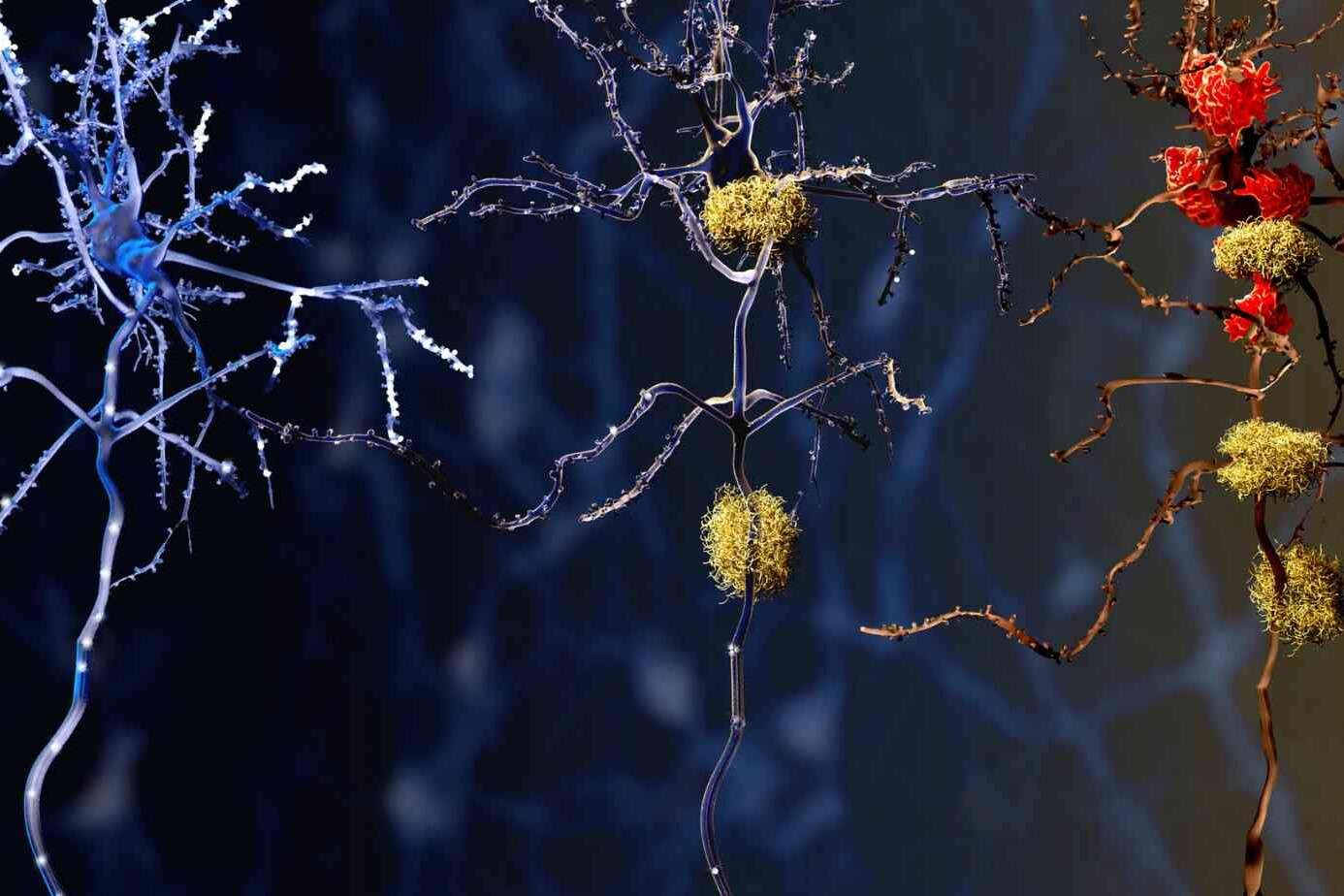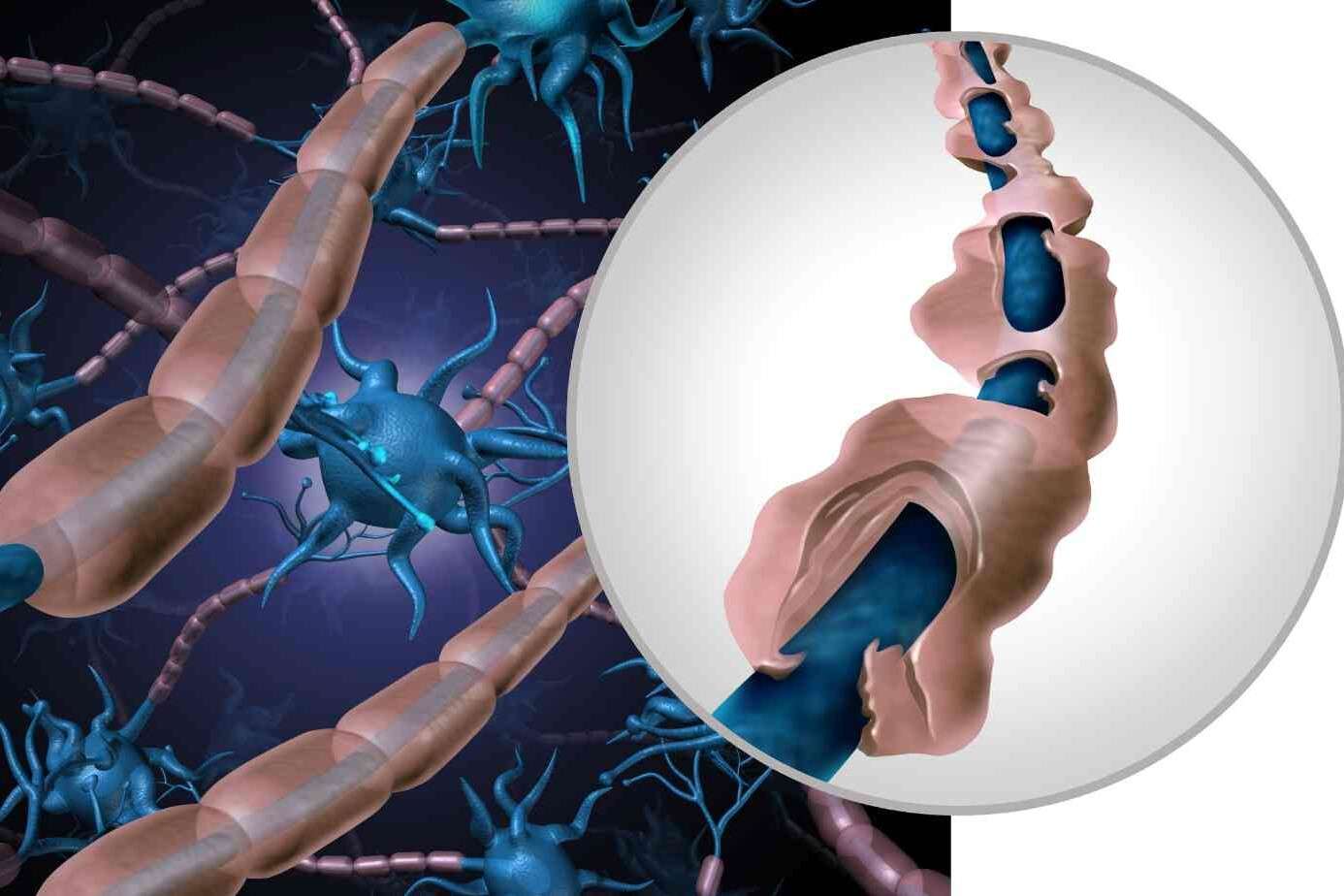Amyotrophic Lateral Sclerosis (ALS) is a progressive neurological disorder that affects the motor neurons—nerve cells that control voluntary muscle movements. Diagnosing ALS is not always straightforward. There’s no single test that can confirm it. Instead, doctors use a combination of evaluations, scans, and specialized tests to reach an accurate diagnosis.
Getting the right diagnosis early is crucial. It helps patients access treatments, make lifestyle adjustments, and plan for the future.
Table of Contents
ToggleWhat Is Amyotrophic Lateral Sclerosis?
ALS is a disease that affects the nerve cells in the brain and spinal cord. These cells control movement. As they weaken and die, the brain loses its ability to control muscles. This leads to muscle weakness, stiffness, difficulty speaking, swallowing, and eventually, breathing.
There’s no cure yet, but early intervention can help manage symptoms and improve quality of life.
Early Signs of Amyotrophic Lateral Sclerosis
Recognizing early symptoms makes a big difference. Common early signs include:
- Muscle weakness, especially in the hands or legs
- Clumsiness or frequent tripping
- Slurred speech
- Muscle twitching (fasciculations)
- Cramps and stiffness
- Unusual fatigue
- Subtle changes in breathing
If you or someone you know experiences these symptoms, it’s important to consult a neurologist promptly.
How Is Amyotrophic Lateral Sclerosis Diagnosed?
Step 1: Medical History and Symptom Review
The diagnostic journey often starts with a detailed discussion about symptoms. Your doctor will ask:
- When did the symptoms begin?
- Which muscles are affected?
- Is there a family history of neurological disorders?
This information helps shape the next steps.
Step 2: Physical and Neurological Examination
A neurologist will check:
- Muscle strength and tone
- Reflexes and coordination
- Signs of muscle wasting or twitching
These observations give important clues about how the nervous system is functioning.
Amyotrophic Lateral Sclerosis Diagnosis
There’s no single test to confirm Amyotrophic Lateral Sclerosis (ALS). Instead, doctors perform several tests to rule out other conditions and build a full picture.
1. MRI (Magnetic Resonance Imaging)-

- Purpose: To rule out other causes like tumors, stroke, or spinal cord compression
- Findings: MRI won’t show ALS directly, but it can identify other treatable issues
- Why It Matters: It’s a critical step in eliminating look-alike conditions
2. EMG (Electromyography) and Nerve Conduction Studies
These are the most important tests in the Amyotrophic Lateral Sclerosis diagnosis process.
- What is EMG?
A test that measures the electrical activity of muscles. A small needle is placed in the muscle to detect abnormalities. - Key EMG Findings in ALS:
- Fasciculations: Tiny involuntary muscle twitches
- Fibrillations: Small signals from dying muscle fibers
- Reduced motor unit potentials: Weak signals due to nerve damage
- Polyphasic potentials: Complex patterns indicating nerve regeneration attempts
EMG helps confirm that muscle weakness is due to nerve damage—not the muscles themselves.
3. Blood Tests and Genetic Testing

- Purpose: To rule out other disorders with similar symptoms
- What’s Checked:
- Thyroid function
- Creatine kinase (CK) levels
- Vitamin and mineral deficiencies
- Autoimmune markers
- Genetic mutations (for inherited ALS)
These tests help rule out conditions like vitamin B12 deficiency, Lyme disease, or multiple sclerosis.
4. CSF (Cerebrospinal Fluid) Examination
- How it’s done: Through a lumbar puncture (spinal tap)
- Why it matters: Elevated proteins like neurofilament light chain can suggest ALS
- Limitations: Not diagnostic alone but can add useful information
Ruling Out Other Conditions
Many neurological disorders mimic ALS, so doctors must eliminate other possibilities. These include:
- Multiple sclerosis
- Cervical spine disorders
- Myasthenia gravis
- Neuropathies
- Vitamin deficiencies
- Lyme disease
Ruling out these conditions ensures the diagnosis is accurate.
Interpreting the Bigger Picture
ALS diagnosis isn’t about one test—it’s about recognizing a pattern across symptoms, EMG results, and clinical findings. Sometimes, doctors monitor symptoms over weeks or months before confirming the diagnosis.
What to Do After an ALS Diagnosis
Receiving an ALS diagnosis is life-changing. But there are supportive steps you can take:
- Work with a neurologist who specializes in motor neuron diseases
- Join a multidisciplinary care team that may include physical therapists, speech therapists, dietitians, and respiratory specialists
- Consider medications like riluzole or edaravone, which may slow progression
- Explore assistive devices to maintain independence
- Seek emotional and psychological support
What to do for someone diagnosed with ALS?
Help them connect with a neurologist, support groups, and ensure they have access to therapies and assistive devices. Encourage regular follow-ups and lifestyle planning.
FAQs On Amyotrophic Lateral Sclerosis Diagnosis
Can MRI detect ALS?
No, MRI does not directly detect ALS, but it helps rule out other conditions that cause similar symptoms.
What is the diagnostic test for amyotrophic lateral sclerosis?
There is no single test. The diagnosis combines EMG, MRI, blood tests, and a neurological exam to rule out other conditions.
What are the diagnostic criteria for ALS?
Doctors use a set of clinical signs, EMG findings, and test results based on El Escorial Criteria to confirm ALS. This includes signs of upper and lower motor neuron damage across different body regions.
Which procedure confirms a diagnosis of ALS?
EMG and nerve conduction studies are the most definitive tests used to support an ALS diagnosis.
Final Thoughts
Amyotrophic Lateral Sclerosis diagnosis requires a careful, step-by-step approach. While no single test can confirm ALS, a combination of clinical evaluation, EMG, MRI, and lab tests provides a comprehensive diagnosis.
If you or a loved one is experiencing unexplained muscle weakness, speak to a neurologist early. Timely diagnosis allows for better planning, treatment, and support—key elements in living as fully as possible with ALS.
About The Author

This article is medically reviewed by Dr. Chandril Chugh, Board-Certified Neurologist, providing expert insights and reliable health information.
Dr. Chandril Chugh is a U.S.-trained neurologist with over a decade of experience. Known for his compassionate care, he specializes in treating neurological conditions such as migraines, epilepsy, and Parkinson’s disease. Dr. Chugh is highly regarded for his patient-centered approach and dedication to providing personalized care.
→ Book a consultation to discover which remedies suit your needs best.




